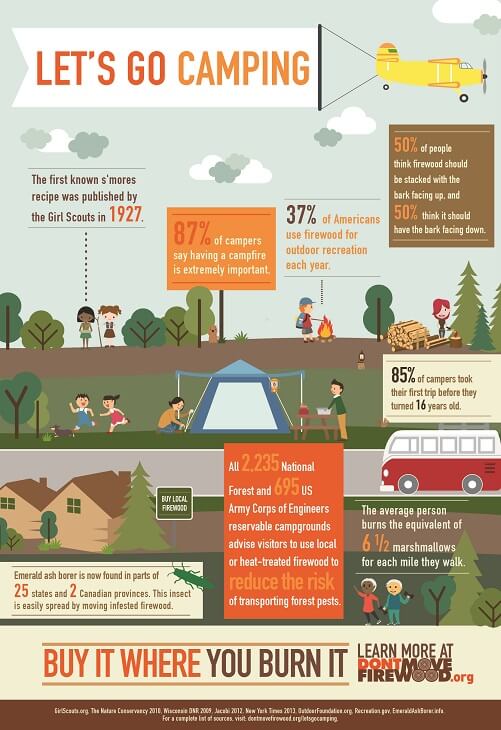Guide To Selling Camping Tents And Maintaining A Highly Effective Empire
Guide To Selling Camping Tents And Maintaining A Highly Effective Empire
Blog Article
The History of Bell Tents
From the nomadic tribes of Central Asia to glamping sites around the globe, bell camping tents have become a symbol of rustic adventure. Their legendary shape and large insides produce an ambiance that is both cozy and magnificent.
How do you store a tent for winter?
Their beginnings can be mapped to armed forces tents designed by Henry Hopkins Sibley, that patented the conelike canvas sanctuary in 1856. The style was based on the Native American teepee and was made to be conveniently set up, long lasting and portable.
Origins
The bell outdoor tents has actually been a staple for outside enthusiasts since the 19th century. The layout is rooted in armed forces camping tents that saw service in the Crimean Battle, and later on became preferred with precursor groups across America. The American Sibley outdoor tents was a variation of the European bell tent. Its inventor, Henry Hopkins Sibley, took ideas from the Native American tepee when creating his variation. His design incorporated a solitary facility pole, elevated bigger walls and an airing vent cap that permitted smoke from the range to escape.
Today, modern-day canvas bell camping tents offer a feeling of high-end for camping lovers and are a preferred option for glamping retreats. With a sizable inside and an attractive form, these camping tents can be adorned with furnishings and design to create a comfy and intimate atmosphere for residents. The circular layout additionally helps with wind resistance and enables flexible interior formats. The less complex design with less posts and stakes makes it easier to establish camp and transportation to different areas.
Army Use
The Bell Tent was a home-away-from-home for several soldiers in the 18th century. It was made use of on the battleground as well as for command centres and field hospitals.
Its capacity to be swiftly set up in a variety of goal situations allowed it to serve as a reliable shelter and workspace. Its modular layout implies it can expand or get to fit the needs of various sized groups and missions.
On top of that, it can be quickly transferred making use of a variety of vehicles and hand-operated transport, making it a practical option for military and rescue procedures. Its lightweight, portable nature likewise makes it easier for soldiers or rescuers to lug and hike throughout complex surface to reach their objective site. This conserves important time and sources.
Glamping
With the increase of glamping, bell tents ended up being popular as a luxurious outdoor camping choice. Their famous silhouette produces a magical setting and can be fitted with trendy home furnishings to add an added touch of convenience to your camping experience.
In the 19th century, the army adapted the layout to make it a lot more durable and functional for tent waterproofing use on battle zone and explorations. Animal hides were replaced by canvas that had actually been treated with waterproofing agents, allowing the bell outdoor tents to endure rough weather.
The bell outdoor tents's functionality caught the attention of recreational campers, and it promptly obtained appeal as an outdoor tents for camping journeys and various other outdoor events. It is currently a staple at store camping websites, music celebrations, and eco-resorts, where it supplies a blend of fond memories and elegance.
Layout
The bell tent's basic layout caught the eye of entertainment campers, and it soon ended up being a staple amongst those who wished to experience the outdoors in vogue. Today, you can find these flexible structures in camping areas and at glamping hideaways across the globe.
The first trademarked variation of the bell outdoor tents was established by Henry Hopkins Sibley throughout the American Civil War, drawing ideas from Native American tipis. He integrated a solitary main pole, short side wall surfaces, and an aired vent "cap" for smoke from a range to develop his innovative camping tent.
Gradually, Sibley's layout improved with the addition of breathable canvas and other products that permitted the tent to control its temperature level. Modern bell outdoors tents are made from a variety of materials, consisting of cotton and mixes with flame retardant material to lower fire risks. Their roomy insides are excellent for arranging furniture to produce comfy sleeping areas and lounge spaces. They are likewise light-weight and very easy to assemble, making them a terrific selection for newbies or anyone searching for a trouble-free outdoor camping experience.
Can you sleep in a moldy tent?
